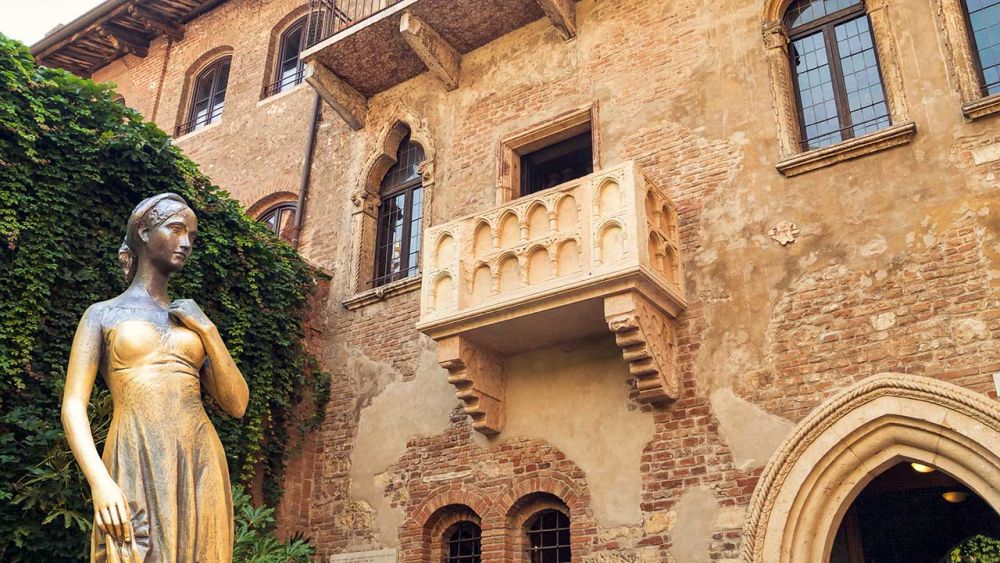

The city of Verona, immortalized by William Shakespeare as the setting for the tragic love story of Romeo and Juliet, has long been a destination for those seeking to connect with the romance and drama of literature. Among the historic sites in this UNESCO World Heritage city, none has captured the hearts of tourists quite like Juliet's House, or Casa di Giulietta.
Though the story of Romeo and Juliet is a work of fiction, the house that is said to have belonged to the Capulet family dates back to the 13th century and has a rich history of its own. It was originally owned by the Dal Cappello family, which could have inspired the name "Capulet." The building was later converted into a museum to harness the town's literary association and has since become a landmark for romantic pilgrims worldwide.
The tourism history of Juliet's House has evolved significantly over the years. What started as a simple curiosity for Shakespeare enthusiasts has transformed into a full-blown tourist attraction. By the 20th century, Verona's local government recognized the potential of Juliet's House in promoting culture and heritage tourism. The city began enhancing the appeal of the site with the iconic balcony, a fitting addition albeit a fabrication to stir the imagination of visiting romantics. The balcony was installed in the house in the 20th century, playing into the desire for a tangible connection to the famous balcony scene from the play.
In pre-pandemic times, Juliet's House attracted countless visitors annually, with peak numbers during Verona's summer opera season or on Valentine's Day when the city celebrates love. Tourists can visit the house, stand on the famous balcony, and observe the bronze statue of Juliet in the courtyard, which superstition holds brings luck in love if touched.
The house also features a small museum with period furniture and temporary exhibitions related to the theme of love. Visitors can leave letters to Juliet or scrawl messages of love on the entrance wall, a practice that has become controversial due to its impact on the preservation of the historic site.
In response to the digital age, Juliet's House has embraced technology to enhance the visitor experience. Augmented reality apps now allow for interactive explorations of the site, and virtual tours have been made available for those unable to travel, especially notable during the COVID-19 pandemic.
Additionally, there is a growing emphasis on sustainable tourism, which aims to reduce the impact of visitor numbers on the ancient structure. Management efforts are focusing on striking a balance between preserving the cultural integrity of the site and accommodating the eagerness of tourists.
Adventure and romance-themed travel have also become popular in recent years with couples flocking to Juliet's House to partake in engagement proposals, wedding photoshoots, and vow renewals, underlining the site's status as a symbol of eternal love.
In conclusion, Juliet's House stands as a testament to the enduring power of literature to inspire real-world tourism and the continuous evolution of visitor attractions. Its unique blend of history, romance, and culture ensures that Juliet's House will remain a beloved destination for years to come.